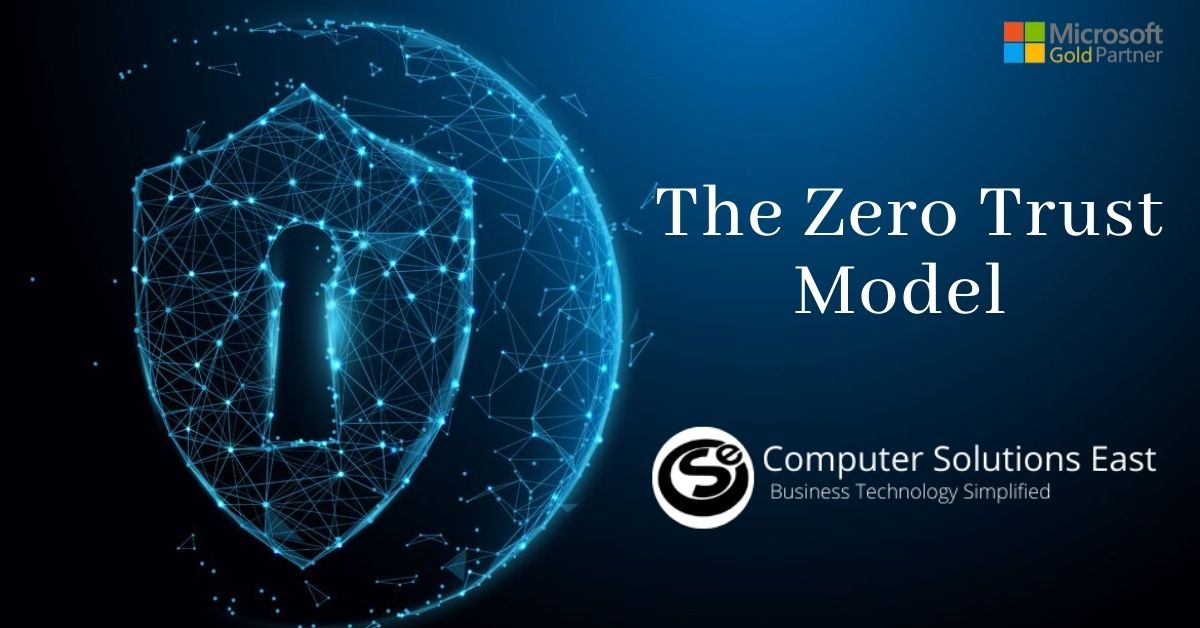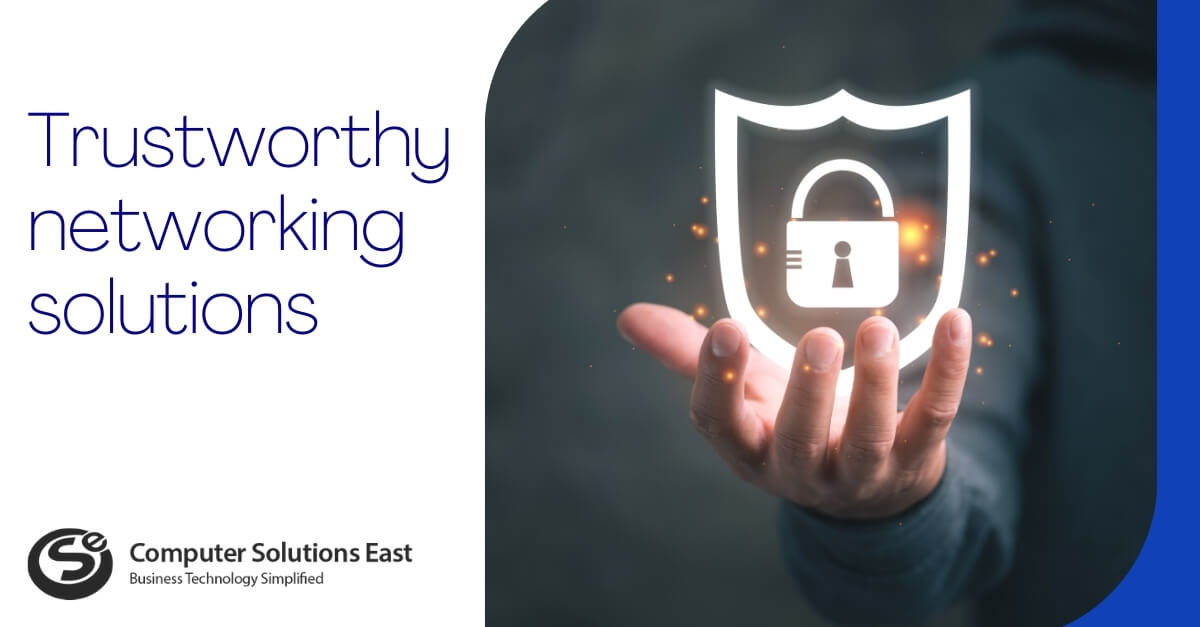Utilizing the Trusted Internet Connection (TIC) by pivoting resiliency
Recently, government agencies encouraging workers to operate from home and provide remote digital services have driven conventional network access to more and more touchpoints. This new reality and the rapid adoption of innovations such as cloud-based applications and the Internet of Things (IoT) are expanding the threat surface for cyber-attacks on government IT infrastructure, magnifying the cybersecurity environment that is already complex. In the face of faults and challenges to regular operation, a resilient Internet connection maintains an acceptable service level.

The managed network service provider can enable Managed Trusted Internet Protocol Services (MTIPS) software offers managed security services through Networks and Enterprise Infrastructure Solutions that are compatible with Trusted Internet Connection (TIC) (EIS).
Managed network security services enable online traffic protection for agencies and provide several other cybersecurity solutions. Agencies may use MTIPS to adhere to the Trusted Internet Connections OMB Guidelines (See details of the Trusted Internet Connection Initiative Department of Homeland Security (DHS).
Government Networks and EIS users can receive MTIPS either directly from Trusted Internet Connections Access Providers as a managed security service or as part of a formal agency statement of work.
Due to this paradigm shift in technology implementation and usage, Cisco Zero Trust offers a robust and urgent need to rethink our defense approach. It provides a distributed architecture model that facilitates the application of security policies across the network.
Trustworthy networking solutions
The fundamental link to securing and scaling these changes to cloud-first is provided by groundbreaking developments in networking technologies such as SD-WAN. Network management is simplified by software-defined networking architectures while offering essential prioritization of application traffic, allowing direct cloud and internet service connectivity across the network with security compliance levers.
Government agencies, however, are specified on the hook to think more strategically about defense, privacy, and trust on an ongoing basis. One shining example of late includes the recent and timely changes by the United States via its Trustworthy Internet Connections (TIC) 3.0 initiative to essential cybersecurity guidelines. In response to the impact of the major shift to remote work and digitally activated services that have spread network and perimeter security across the federal government agencies, the implementation of Trusted Internet Connection 3.0 is in response. According to a Government Business Council report, many federal employees plan to stay at home or with restricted office access in 2021. As such, stable technology infrastructures will continue to develop for remote and hybrid government work environments.

The latest NIST guidelines released in August 2020, Zero Trust Architecture state that zero trusts are the term for an emerging collection of cybersecurity paradigms that transfer defenses from static networked perimeters to users, resources, and assets such as data.
Specifically, zero trust means that no implied trust is given to properties (such as data) or user accounts based on their physical or network positions (i.e., networks of local areas versus internet) or based on property ownership (enterprise or personally owned). Authentication and authorization (both topic and device) are separate functions conducted before a business resource meeting. Zero faith is an answer to developments in corporate network networks that involve remote users, bring your device (BYOD) and cloud-based assets outside the corporate network.
Cisco zero trust security focuses on resource safety (assets, facilities, workflows, network accounts, etc.), not network components. The network is no longer adequate to ensure the resource’s security posture. Below, we describe zero trust dimensions and include general implementation models and use cases where zero trusts may enhance an organization’s overall security by implementing data security posture management.
It has been essential to allow government agencies to respond to the pandemic climate. Instead of a unique approach to conventional fixed network perimeters, the current Trusted Internet Connection 3.0 strategy focuses on enhanced flexibility and the need to consider complex architectures for distributed network environments. Such enhancements integrate new ideas, capabilities, and techniques that provide a more risk-tolerant basis for network security. Such a change demonstrates the required adaptation in an increasingly distributed deployment setting in support of cloud adoption.
Designing for resiliency
Cisco is at the forefront of promoting various architectural network security considerations, which strongly encourage Trusted Internet Connection 3.0. Zero trust network by Cisco continually invests in market-leading security growth. As part of the well-known Cisco Validated Design Program, we at Computer Solutions East design the architecture and solution capabilities to meet the specifications and guidelines of Trusted Internet Connection 3.0.
With Cisco, you can create a zero-trust platform that combines security and usability. We’re here to help you secure what’s next. Contact the Cisco-certified experts at Computer Solutions East to discuss your need for top network security.


